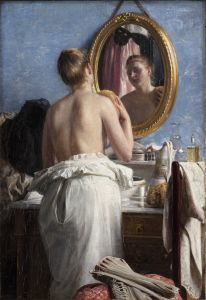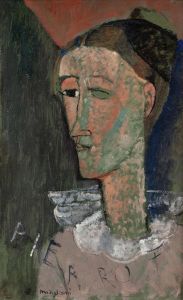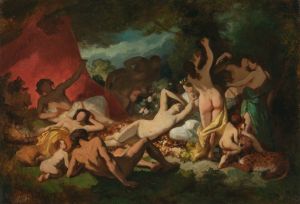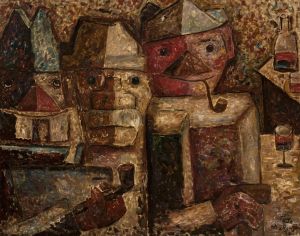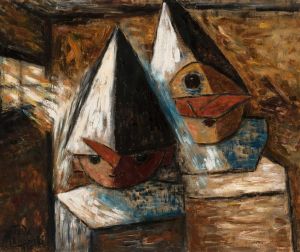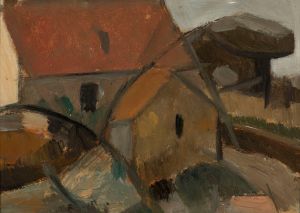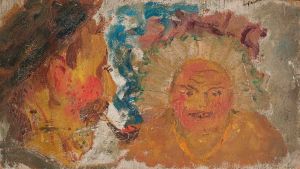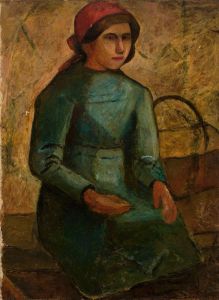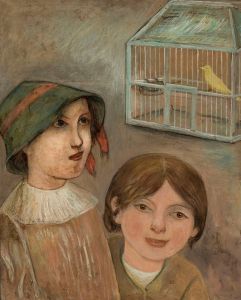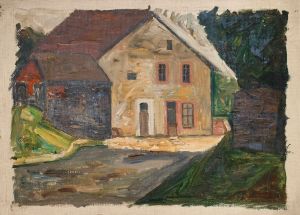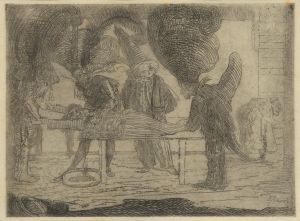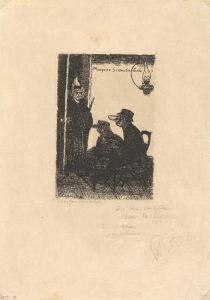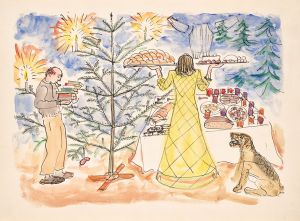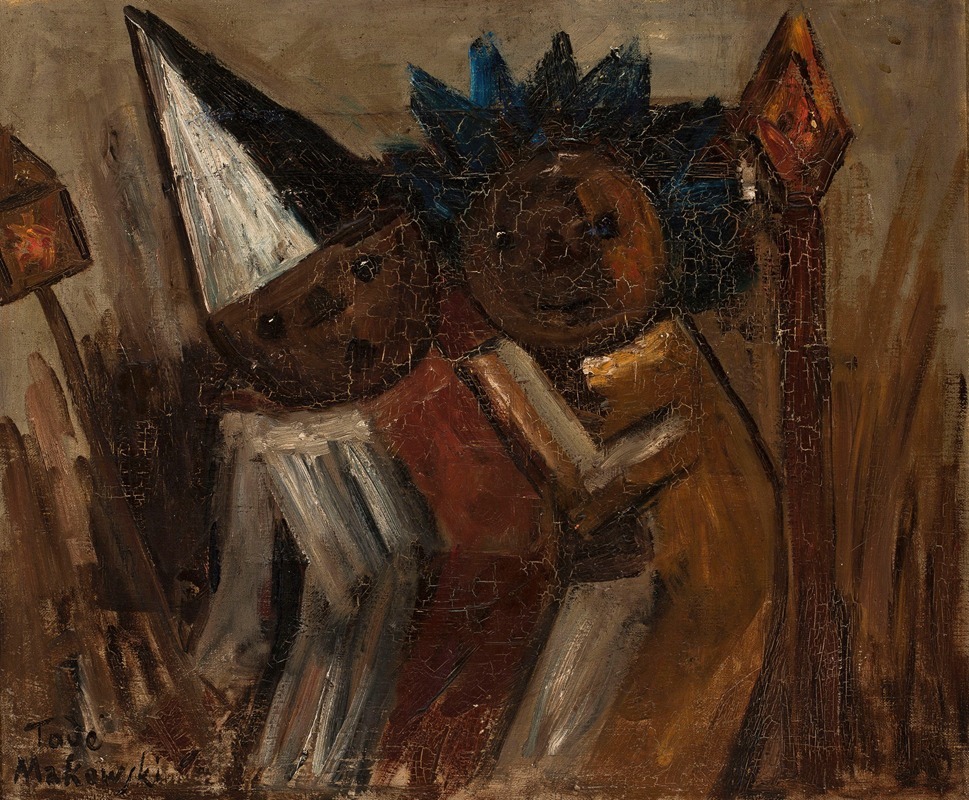
Fat Thursday
A hand-painted replica of Tadeusz Makowski’s masterpiece Fat Thursday, meticulously crafted by professional artists to capture the true essence of the original. Each piece is created with museum-quality canvas and rare mineral pigments, carefully painted by experienced artists with delicate brushstrokes and rich, layered colors to perfectly recreate the texture of the original artwork. Unlike machine-printed reproductions, this hand-painted version brings the painting to life, infused with the artist’s emotions and skill in every stroke. Whether for personal collection or home decoration, it instantly elevates the artistic atmosphere of any space.
Tadeusz Makowski was a Polish painter known for his unique style that combined elements of folk art with modernist influences. His work often depicted scenes of everyday life, characterized by a sense of whimsy and a distinctive use of color and form. One of his notable works is "Fat Thursday," a painting that captures the essence of a traditional Polish celebration.
"Fat Thursday" (known as "Tłusty Czwartek" in Polish) is a significant day in Polish culture, celebrated on the last Thursday before Lent. It is a day dedicated to indulgence, particularly in the consumption of sweets and pastries, as it marks the beginning of the final week of the Carnival season. The most popular treat associated with Fat Thursday is the "pączek," a type of Polish doughnut filled with jam or other sweet fillings.
Makowski's painting "Fat Thursday" reflects the joyous and festive atmosphere of this day. Although specific details about the painting's creation, such as the exact year it was painted, are not widely documented, it is known that Makowski's work often drew inspiration from his Polish heritage and the traditions he cherished.
The painting likely features scenes of people engaging in the festivities associated with Fat Thursday. Makowski's style is characterized by a playful and somewhat naive approach, often depicting figures with exaggerated features and vibrant colors. This style is reminiscent of folk art, which aligns with the cultural themes present in "Fat Thursday."
Makowski spent much of his career in France, where he was influenced by various art movements, including Cubism and Post-Impressionism. Despite these influences, he maintained a strong connection to his Polish roots, which is evident in his choice of subjects and the cultural motifs present in his work.
"Fat Thursday" exemplifies Makowski's ability to blend traditional Polish themes with modern artistic techniques. His use of color and form creates a lively composition that captures the spirit of celebration and indulgence. The painting serves as a visual representation of Polish customs, offering viewers a glimpse into the cultural significance of this festive day.
Throughout his career, Makowski's work received recognition for its originality and emotional depth. He was part of a broader movement of Polish artists who sought to express national identity through art, particularly during a time when Poland was undergoing significant political and social changes.
In summary, Tadeusz Makowski's "Fat Thursday" is a painting that encapsulates the joy and cultural importance of a beloved Polish tradition. Through his unique artistic style, Makowski offers a window into the world of Polish celebrations, highlighting the rich tapestry of customs and the enduring spirit of community and festivity.





